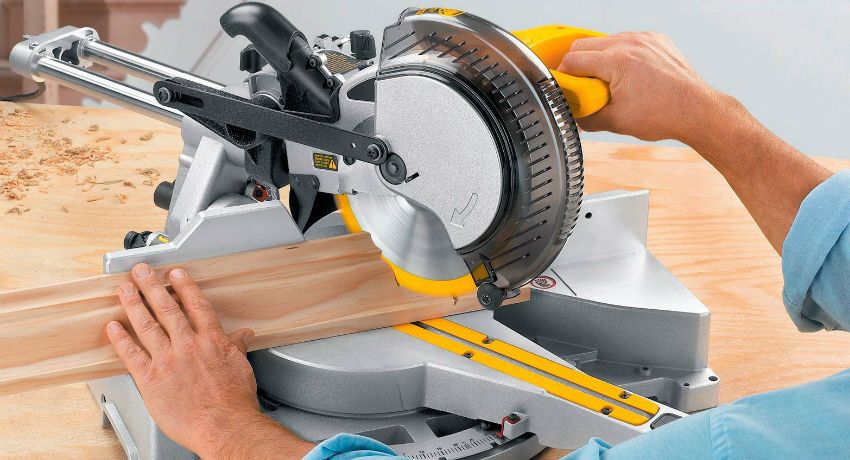Stove heating is a classic for cold Russia, but for some reason it is often considered only as an alternative to central, electric or gas heating. Meanwhile, a stove with a water circuit for heating a house can provide its inhabitants not only with desirable watts of thermal energy, but also with hot water for domestic and sanitary needs.

Advantages and disadvantages of stove heating
A conventional wood stove or fireplace heats the room through a combination of radiation and convection heat exchange. The heated-up massive walls of the furnace emit thermal energy, transferring it to the air and objects in the room. Cold air is gradually replaced by heated.
Stove heating has several undoubted advantages:
- does not require connection to electrical and gas communications. Fuel: firewood, coal, peat briquettes – as a rule, cheap and environmentally friendly, its combustion does not harm the environment;
- Radiation heat transfer is the most comfortable;
Interesting! Radiation (also known as radiant) heat exchange is the only type of heat exchange that occurs without the participation of a heat carrier.
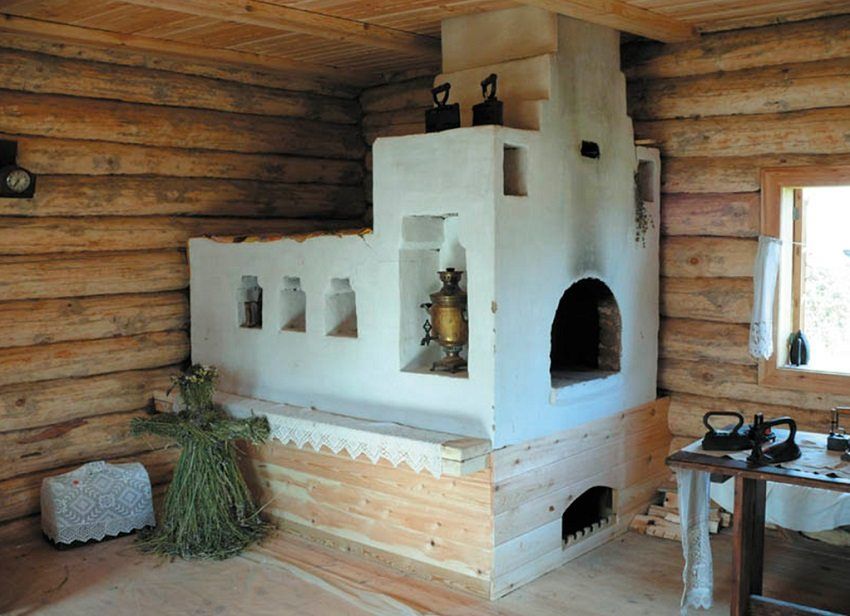
- Most of the stoves for the house (long burning or conventional) are multifunctional, can be used not only for heating, but also for heating water and cooking (both inside the stove and on the cooking surface);
- in the hot season, a massive brick furnace for the house contributes to the conditioning of the room: due to the fact that it is always built on a separate foundation, the excess heat is removed to the ground;
- a stove or fireplace creates a special atmosphere in the house and in many cases is an element that determines the style of the interior.
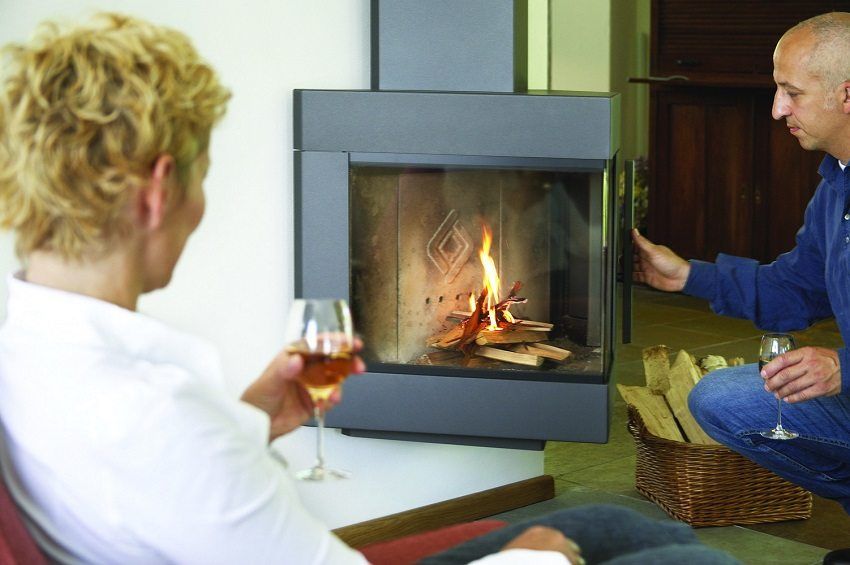
However, along with the advantages of stove heating, there are also disadvantages:
- dimensions – the power of heating furnaces for the house depends on their dimensions;
- inertia – a traditional brick stove for a house takes a lot of time to warm up and go into operation. True, modern cast-iron stoves for the home, stoves, fireplaces, stoves and buleryana are practically free from this disadvantage;
- high heat loss due to low efficiency (efficiency) – a large amount of thermal energy goes through the chimney into the atmosphere;
- the inability to ensure uniform heating at home. Hot air gradually displaces the cold, but it happens unevenly – the temperature may be too high near the furnace and too low at a distance from it;
Fact! The furnace can heat only those rooms that are adjacent to it directly. Therefore, in parts of the building remote from it, it was often necessary to arrange an additional stove.

- the need for constant maintenance – the stove requires laying firewood, cleaning ash pits from slags and chimneys from soot and debris, supporting the combustion process, regulating cravings;
- control complexity – it is more difficult to control the process of fuel combustion in a furnace than in boilers;
- the need for good traction – the need for intensive combustion, as well as for the withdrawal of carbon monoxide gases;
- fire hazard – to ensure fire safety it is necessary to insulate chimneys, especially for a stove in a wooden house. An additional fire risk factor is created by the fact that the instantaneous stopping of the combustion process in the furnace is impossible;
- the need for constant replenishment and storage of fuel reserves, as well as the disposal of waste: slag and ash.
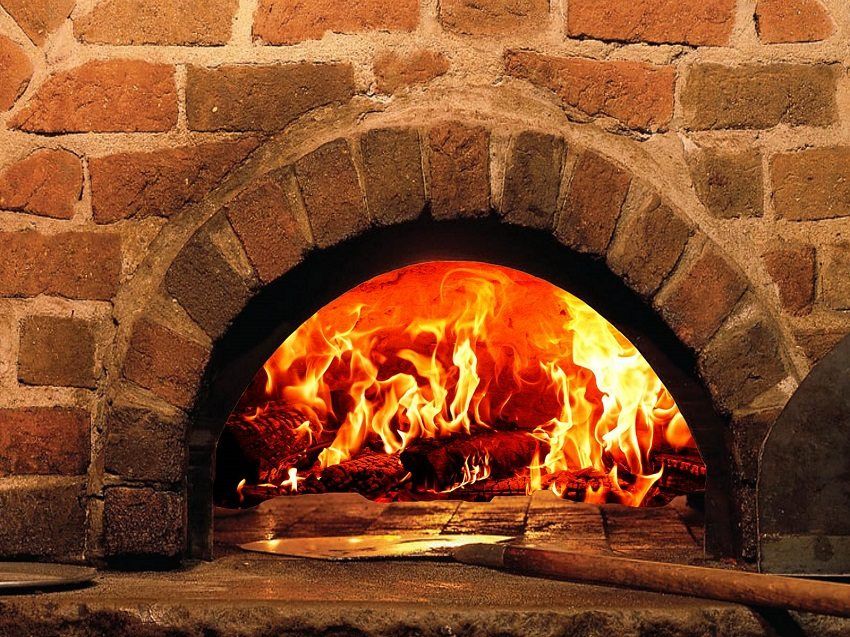
As already mentioned, a conventional stove is not able to ensure uniform heating of all rooms in the house. In modern stoves and fireplaces, this problem is partially solved by assembling the convection chamber, to which the duct system is connected. As a result, the flow of warm air from the furnace is not left to itself, but moves in a limited space of pipes and is regulated by valves, dampers, grills and other additional devices.
However, airway channels are bulky, eat up the usable space, with an increase in their length and number of turns, heat loss increases. They need supervision and maintenance: periodic cleaning of dust, soot and soot. The air itself has a low specific heat capacity; for the transfer of heat to the room remote from the furnace, forced injection of heated air masses by a fan is required. Therefore, water as a coolant, in many respects, is preferable to air.
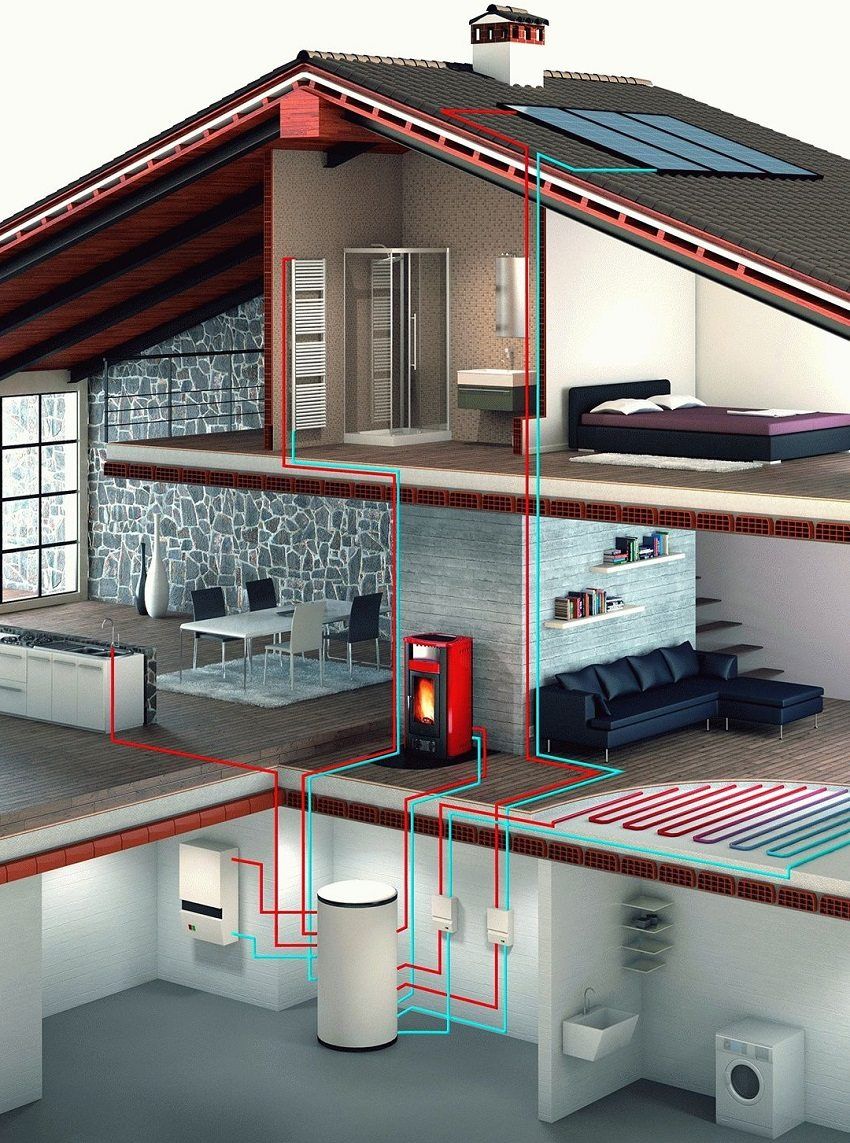
Fact! The specific heat of water is almost 4 times the specific heat of air. It suffices to compare 4.187 kJ / (kgXK) and 1.055 kJ / (kgXK).
Hot water is easy to transport through pipelines of small diameter, while transferring thermal energy over long distances. In addition, water is a harmless, non-flammable, non-toxic, chemically neutral and always available substance.
The principle of operation of the heating circuit is simple – the coolant (in this case, water) is heated during combustion of the fuel, then spreads through the pipes, giving off heat to the surrounding space.
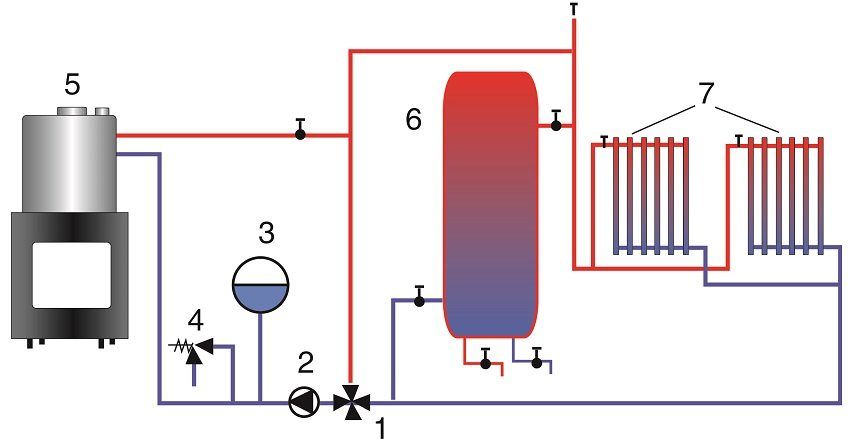
The prototype of modern solid fuel boilers and wood burning stoves for a long time house is familiar to many people – it is “Swede”. A metal tank is built into the Swedish oven, which is filled with cold water before laying wood and kindling. And, although the water in the process of the furnace heats up for a long time, it gives off heat just as long – after a long time after the flame goes out.
Gradually, the water tank was transformed into a heat exchanger, as a result of which it became possible to connect the system of highways for home heating and hot water supply.
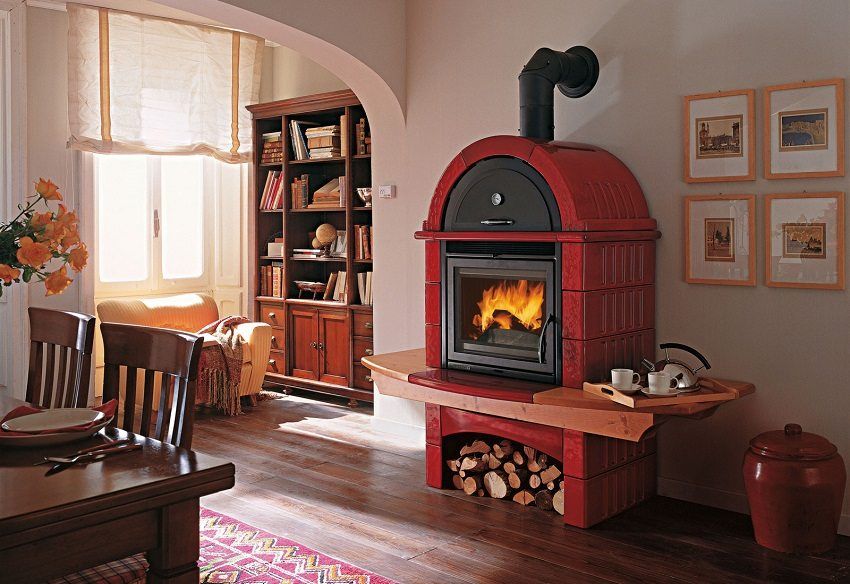
A distinctive feature of any furnace for heating a house equipped with a water circuit is a heat exchanger, otherwise called a coil, radiator or boiler. This device is capable of heating an unlimited amount of water. Dimensions and shape of the tank depend on the volume of the combustion chamber and can vary within wide limits.
In some versions of the furnaces for heating the house, the heat exchanger is installed directly into the furnace, but with this method there is a danger of leakage of heat carrier (that is, water) or even an explosion if it overheats and boils. In addition, in this case, the capacity of the combustion chamber inevitably decreases. A safer option is to insert the heat exchanger into the chimney cap. In this case, most of the hot air rising from the furnace will heat the coolant, rather than volatilize through the pipe to the street.
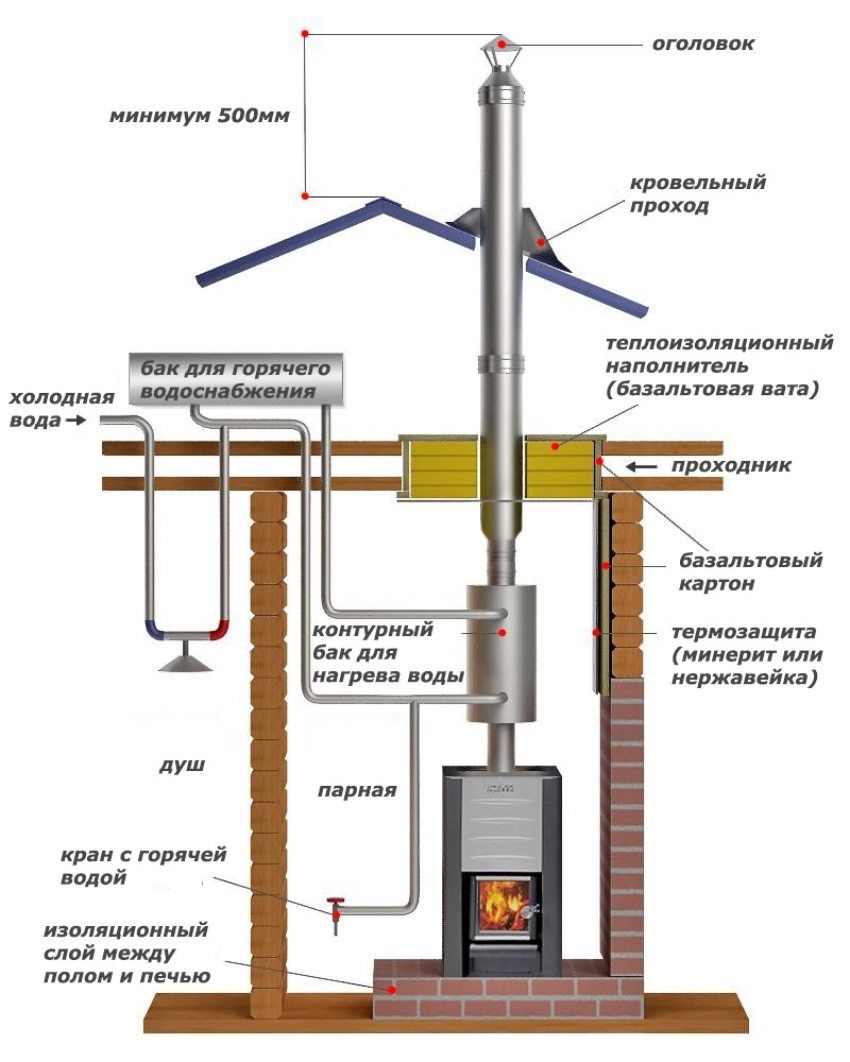
Independent calculation of the power and size of the heat exchanger is quite a difficult task for someone who is not a heating engineer, but in most cases it is possible to make a rough estimate.
Helpful advice! Practice has shown that with a ceiling height of 2.5 to 2.7 m per 10 m2 The area of the house requires from 1 to 1.2 kW of power of the heating system.
An ordinary stove for a house on the wood for an hour allocates about 6.5 thousand kcal, which is enough to warm a small country house. The presence of a water circuit will double the level of comfort. After calculating the heat loss, it is possible to calculate the power of the heat exchanger itself. Heat output from each square meter of its area varies from 5 to 10 kW. This fact is the basis for determining the required power.

In fact, there is no need to dive into complex formulas. It is enough to contact the specialists who, guided by the already prepared tables, will select a heat exchanger for the furnace of a private house that corresponds to the set parameters of the building and the heating system in it.
Before deciding on the design of the register (aka the heat exchanger) of the furnace for the house, it is necessary to decide what material it will be made of. There are several options:
- copper – on the one hand, the copper coil is very effective, since the thermal conductivity of this material is one of the best. On the other hand, its melting point is equal to 1083 ° С, and in the firebox it is possible in emergency situations, the occurrence of which can never be completely excluded, it can rise to 1200 ° С. Therefore, a categorical ban has been imposed on the use of copper in the firebox of a brick kiln. Additionally, you need to pay attention to the fact that the condensate formed during the cooling of the circuit contains aggressive chemical compounds that cause corrosion;
- cast iron – cast-iron radiators are very resistant to the effects of corrosion, but are fragile, and thermal deformations that occur during cooling and heating can lead to the formation of cracks and damage to the heat exchanger. In addition, the register of cast iron – due to the fact that this metal is difficult to process – is assembled from cast parts using threads and seals, which leads to a decrease in the reliability of the unit as a whole;
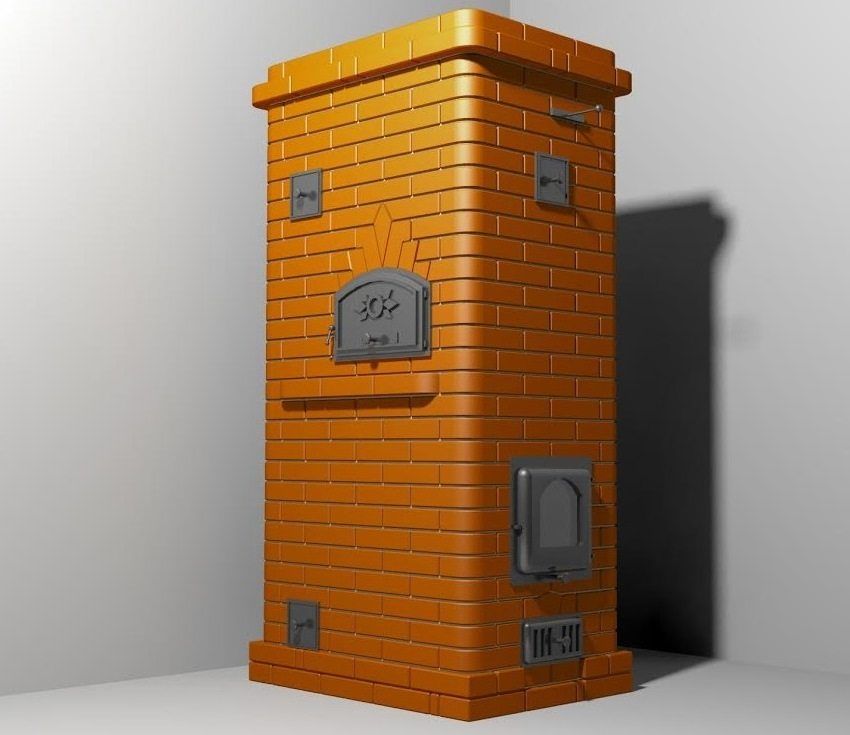
- steel – the most accessible and easily processed material. Heat exchangers are recommended to be made of heat-resistant steel with a thickness of 3 to 5 mm, using seamless pipes. At the same time, it is necessary to maintain such a heating mode in which less condensate is formed, and never drain the coolant, because steel products are subject to corrosion;
- heat resistant stainless steel – the best, but also the most expensive material for a radiator stove for a private house.
Helpful advice! The most suitable steel for the heat exchanger is AISI 304. In the manufacture of parts, it is desirable to use laser cutting and welding in an argon environment.
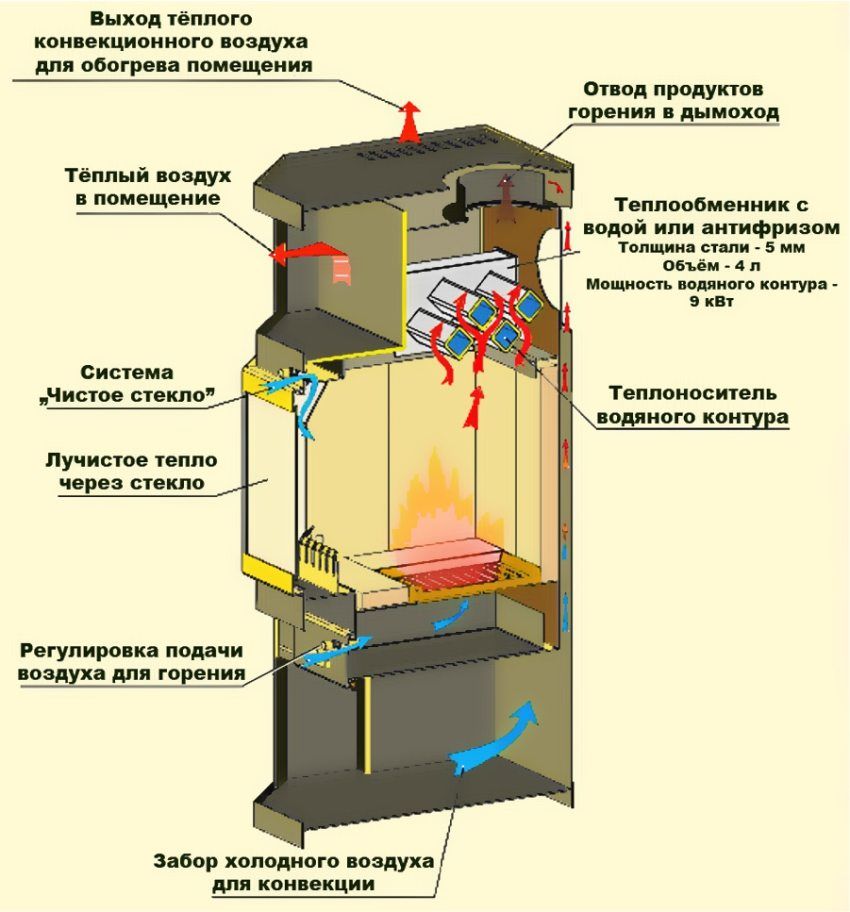
Depending on its material, the heat exchanger can be made of round or shaped rectangular pipes, sheet metal, or a combination of these parts. The location and installation method is determined by its shape:
- sheet steel heat exchanger – can be placed in the hottest place, that is – in the combustion chamber. For the manufacture of used steel sheet 3? 4 mm thick in combination with pipes with a diameter of 40? 50 mm to connect the flow and return lines. In order to avoid the formation of steam plugs, the upper water supply pipe must be at the highest point of the heat exchanger, because with the penetration of the steam plug into the heating system there is a danger of a water hammer. That in turn will lead to the destruction of pipes or radiators. So that the water in the heat exchanger does not boil, its internal clearance must be at least 30 mm;
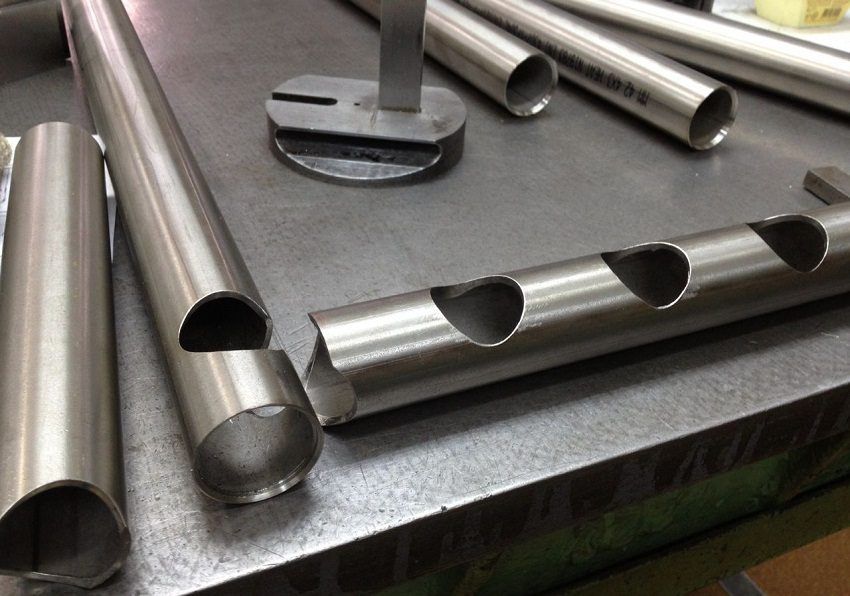
- pipe heat exchanger – made of pipes: round with a diameter of 40? 50 mm or rectangular shaped section of 40X60 or 60X60 mm. It can also be located in the firebox (provided that it is not made of copper), the spatial solution depends on the specific furnace. The main thing – the device should not block the door to bookmark the fuel, grate and smoke exhaust channels. If the furnace is a heating-cooking furnace, then the heat exchanger pipes should be laid only along the side planes of the combustion chamber;
- tubular flat register – most often located in the smoke channels or the furnace cap, where conditions are more benign, so they can last longer than the radiators in the furnace. Their sizes are quite impressive, as they are located in places where heat collection is low and must be calculated in advance, because there should be no obstacles to the exit of flue gases.

Installation of the heat exchanger should be made only in it intended furnace for the house. Video and photo instructions clearly confirm the need to involve a stove professional and follow a number of rules:
- after manufacture, the heat exchanger must be pressurized twice with a pressure of 6 bar: before installation in the furnace, and also after it;
- the heat exchanger is mounted immediately after the foundation of the furnace under the stove, after which it is laid;
- It is absolutely not recommended to insert the heat exchanger into the furnace masonry! Between it and the walls there should be a gap of 10? 15 mm, compensating for thermal expansion;
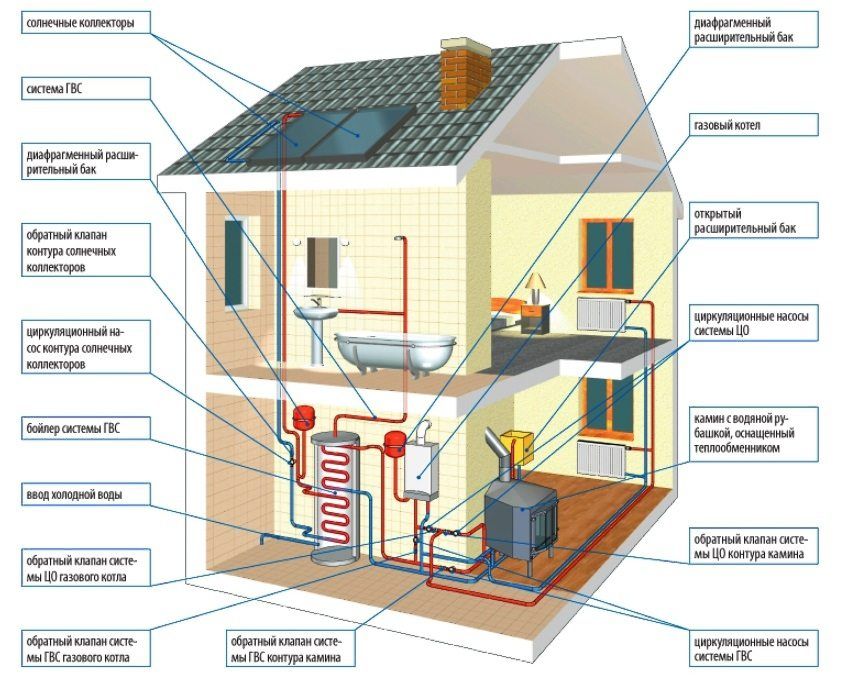
- when installing pipes, leave a gap of 5 mm and fill it with asbestos cord or other heat-resistant sealer;
- the pipe section at the outlet must have a length of at least 10 × 15 cm. This will allow cutting a new thread in case of its damage;
- heating pipes are connected to the heat exchanger only with the use of heat-resistant sealer;
- reconstruction of the finished furnace in order to install a water circuit in it should be done only by an expert.
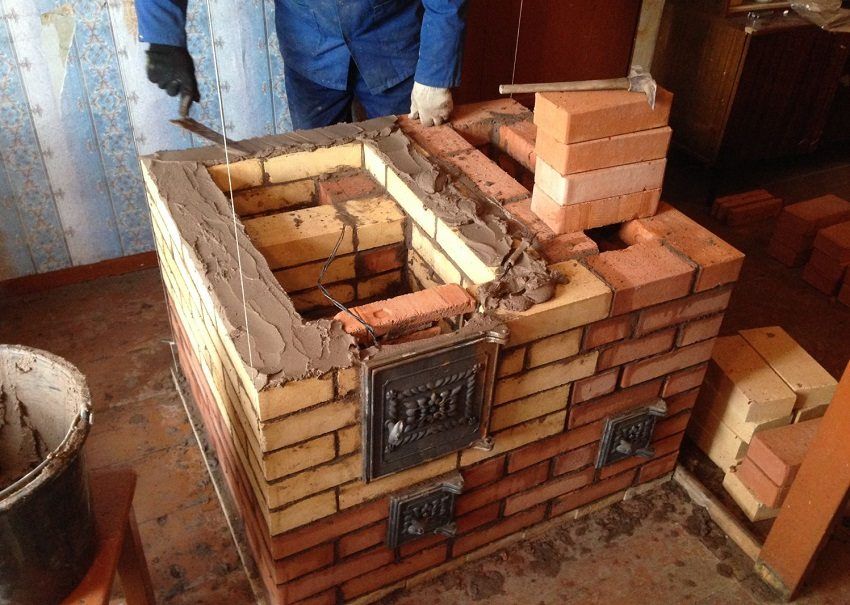
For trouble-free operation of the heating system, it is also necessary to follow the rules of operation:
- Do not use the oven with an empty heat exchanger: it will quickly burn.
- Do not disconnect the heat exchanger from the heating system during operation of the furnace. Water expands when heated, and an overpressure can cause an explosion.
- Do not feed cold water into a heated heat exchanger. Temperature distortions can damage it.
- To improve the efficiency of the heating system, you can use a circulation pump.
- If necessary, use antifreeze in the contour of the furnace with water heating.
- At the lowest point of the heating system a tap should be installed to drain the water.

The main disadvantages of a water heating system are associated with the physical properties of the coolant, that is, water. Freezing at 0 ° С, water (more precisely, already ice) reaches its maximum volume at -4 ° С. Expansion of water frozen in the pipes may cause them to rupture. To avoid this, it is necessary to drain the water from the heating system, if it is not used during the cold season, or replace it with a special antifreeze.
Modern brick stove with a water circuit for home heating is a complex engineering heat engineering design. Its installation requires the development of a separate project at the design stage of the structure as a whole and, most likely, will not do without the involvement of specialists.

